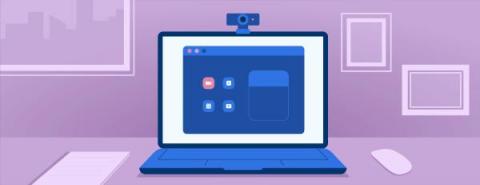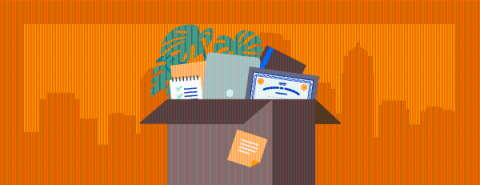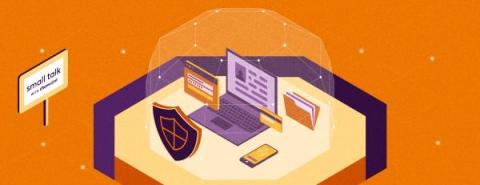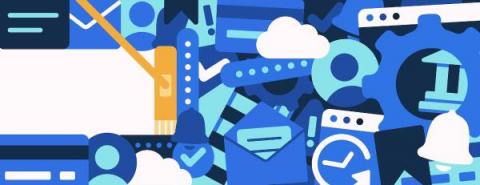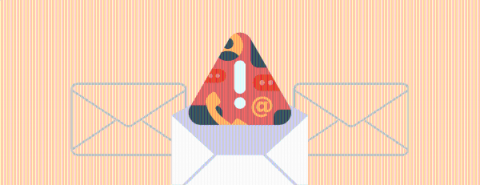Security | Threat Detection | Cyberattacks | DevSecOps | Compliance
Password Management
Webcam security in the age of Zoom
The trusty webcam used to be a “nice to have” for the occasional job interview, virtual hangout, or simple YouTube recording. But that all changed when the pandemic started. In just a few months it became a daily tool for people around the world, from fully remote businesses to families and friends kept apart in lockdown.
Leaving your job? Here's how to protect yourself and your employer's data
The end is in sight. You’ve decided to leave your job and have already handed in your notice. You’re finishing up some final projects and, before too long, will be saying one last goodbye to your coworkers.
Do you really need to change your password every 90 days?
You power on your computer and open your inbox, ready for another day at work. But instead of some unread emails, you see a login screen with an all-too-familiar message: it’s time to update your password. And it can’t just be any password. It needs to be one you haven’t used before, and it must include a number… and a special character… and be 8 characters long…
Hello CISO - Episode 3 (Part 2): Shadow IT and Working from Home
Small Talk: putting data privacy at the forefront with your customers
Conversations about consumer data privacy grow louder each year, with the news headlines to match. Trust in the technology sector is now at an all-time low and customers are increasingly concerned about the privacy of their personal information. It’s become a serious topic that all business owners need to follow, not just security specialists and tech bloggers.
Secure yourself with our digital declutter checklist
A digital declutter helps you organize your life and has the added bonus of reducing your vulnerability to common threats. But knowing where to begin can be hard – most of us leave a larger digital footprint than we realize. We’ve created a checklist to help you clear away the clutter and reap the rewards of a clean digital state.
Random but Memorable - Episode 8.8: Secret Agency Space Nerds with Jason Meller from Kolide
Hello CISO - Episode 3 Part 1: Shadow IT and Working from Home
Hacking 101: What is social engineering?
For the average person, “traditional hacking” isn’t really an ever-present threat. It’s unlikely that a hacker will ever try to track you down, steal one of your devices, and bypass whatever you’ve set up to protect your personal data. Social engineering, on the other hand, is an increasingly common security threat that you’ve probably encountered many, many times before.



